Although menopause – and its attendant unpleasant issues – often gets a bad rap, there are numerous ways to alleviate the downsides of this inevitable life stage. In a bid to quell bone loss, low libido, mood changes and more, many women swear by Hormone Replacement Therapy (HRT). This medication contains female hormones to replace the oestrogen that your body stops making during menopause – but it does comes with certain risks, including blood clots and heart disease. Thankfully, treatments for pesky midlife symptoms aren’t confined to mainstream Western medicine.
Look at alternatives to HRT if:
- You want a treatment that targets one particular symptom.
- You have concerns about the safety and side effects of HRT.
- You want a more holistic, natural approach to help alleviate troublesome symptoms.
Remember: It’s always important to consult with your doctor or other healthcare provider before embarking on a treatment plan for menopause.
Here, some natural remedies that may help:
Acupuncture
Irish acupuncturist Mary Fletcher Burke explains that according to traditional Chinese medicine, channels of energy run in regular patterns or channels (meridians) throughout your body. When these meridians lines get blocked by emotional or physical changes, the regular flow of energy (Chi) through needs to be re-established. ‘During acupuncture, very fine needles are inserted into points along the meridians to regulate your energy flow, and activating your body’s natural healing to correct imbalances,’ she says.
A 2016 American study showed that women who received acupuncture for six months reported a 36% reduction in hot flashes and night sweats. The researchers also found that even after treatment stopped, the subjects reported feeling positive benefits.
A more recent trial of 70 Danish women showed that 80 % of those who had acupuncture for five weeks felt the treatment had helped reduce their menopause symptoms.

Herbal remedies
Medical herbalist Daniela Turley has been treating people for more than twenty years at her clinics in London and New York. She incorporates a number of herbal prescriptions in her practise, including red peony, sage, black cohosh, tribulus and hops to help hot flashes; red clover and ginsengs to help with stress and energy; and wild yam, shatavari, and licorice for adrenal support. Daniela also says motherwort, verbena and bupleurum can help relieve anxiety associated with menopause, while damiana and tribulus can boost your sex drive.
Megan Boucher, a naturopathic doctor in Ontario, adds that “While it may not be as effective as hormone replacement therapy for hot flashes, black cohosh provides relief with considerably less side effects.” The herb is also used for managing mood changes and sleep issues and sleep disturbances.
Herbs are either dried, made into teas (infusions or decoctions), or concentrated in alcohol and water to make tinctures. They can also be taken as tablets and powders or made into a poultice, cream or ointment
According to the North American Menopause Society as herbal supplements are not as closely regulated as prescription drugs, the ingredients, quality, safety, and purity may vary between brands or even between batches of the same brand. To be safe, tell your healthcare provider about all botanical therapies you are considering.
Controlled breathing
A study in the journal Menopause reports the practice of slow breathing can decreases fatigue and improves sleep and mood. Mind/body relaxation can decrease the intensity of hot flashes, promote sleep, and lower stress levels. “Paced breathing is an easy technique that can be performed by anyone, anywhere, to help with menopausal symptoms,” says Betsy Greenleaf, a doctor of osteopathic medicine in New Jersery.
Breathwork exercise #1
Slow your breathing to 6 breaths per minute. In other words, breathe in to a count of 5, and out to a count of 5. Do this for 10 minutes, twice a day.
“Your breathing technique is very important for our mental health and wellbeing,” says Dr Louise Newson, author of The Menopause Manual. “When you feel anxious, you often find your breathing becomes faster and more shallow. This can lead to lightheadedness, which compounds your anxiety.”
Breathwork exercise #2
- Sit crossed legged on the floor.
- Practise a few long breaths breathing in and out through your nostrils.
- Place your left hand on your left knee and bring your right hand up towards your face.
- Exhale completely and use your right thumb to gently close your right nostril.
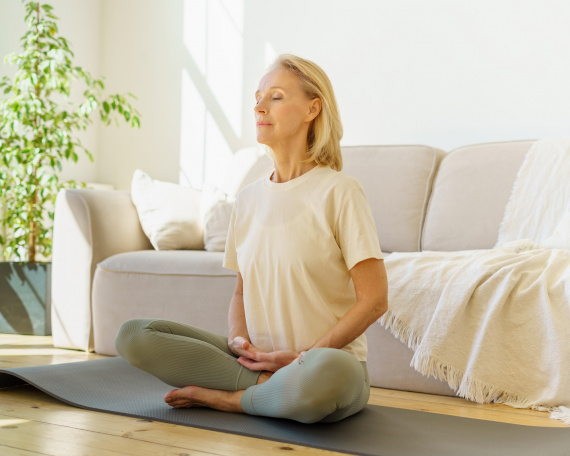
- Inhale through your left nostril and use your right ring finger to close your left nostril.
- Open your right nostril again and exhale.
- Inhale through your right nostril, then close the nostril again.
- Open your left nostril and exhale.
- Repeat for a few minutes every morning and evening.

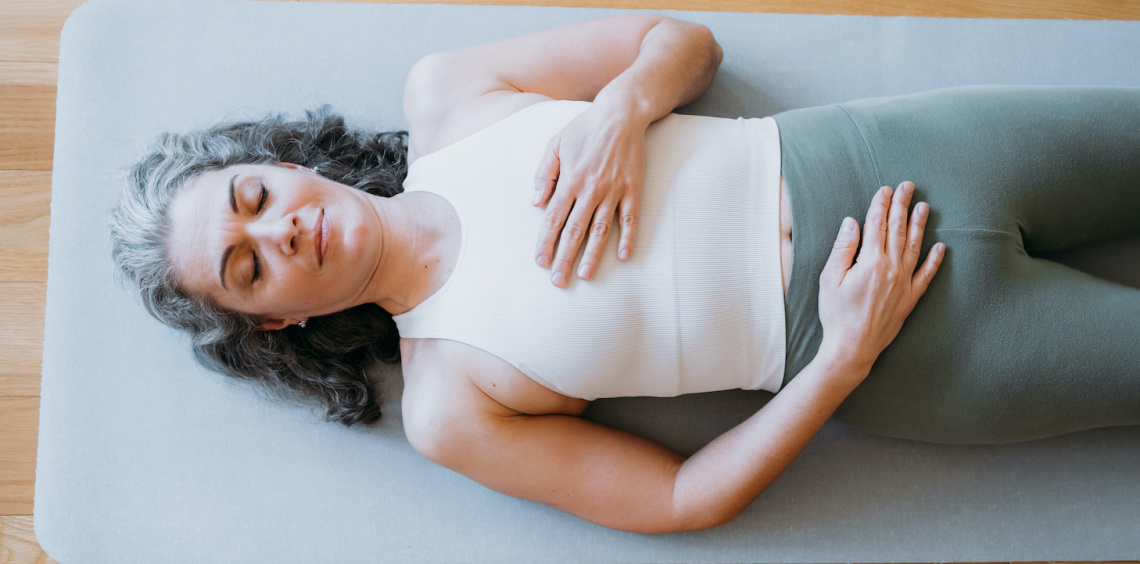


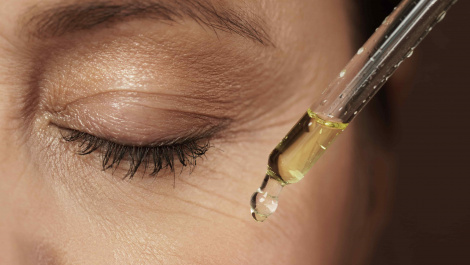

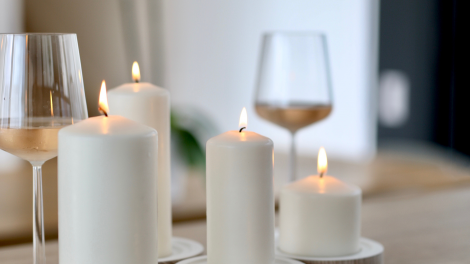
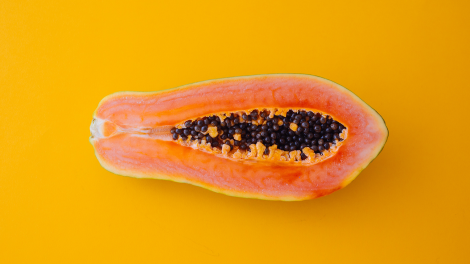
Comments